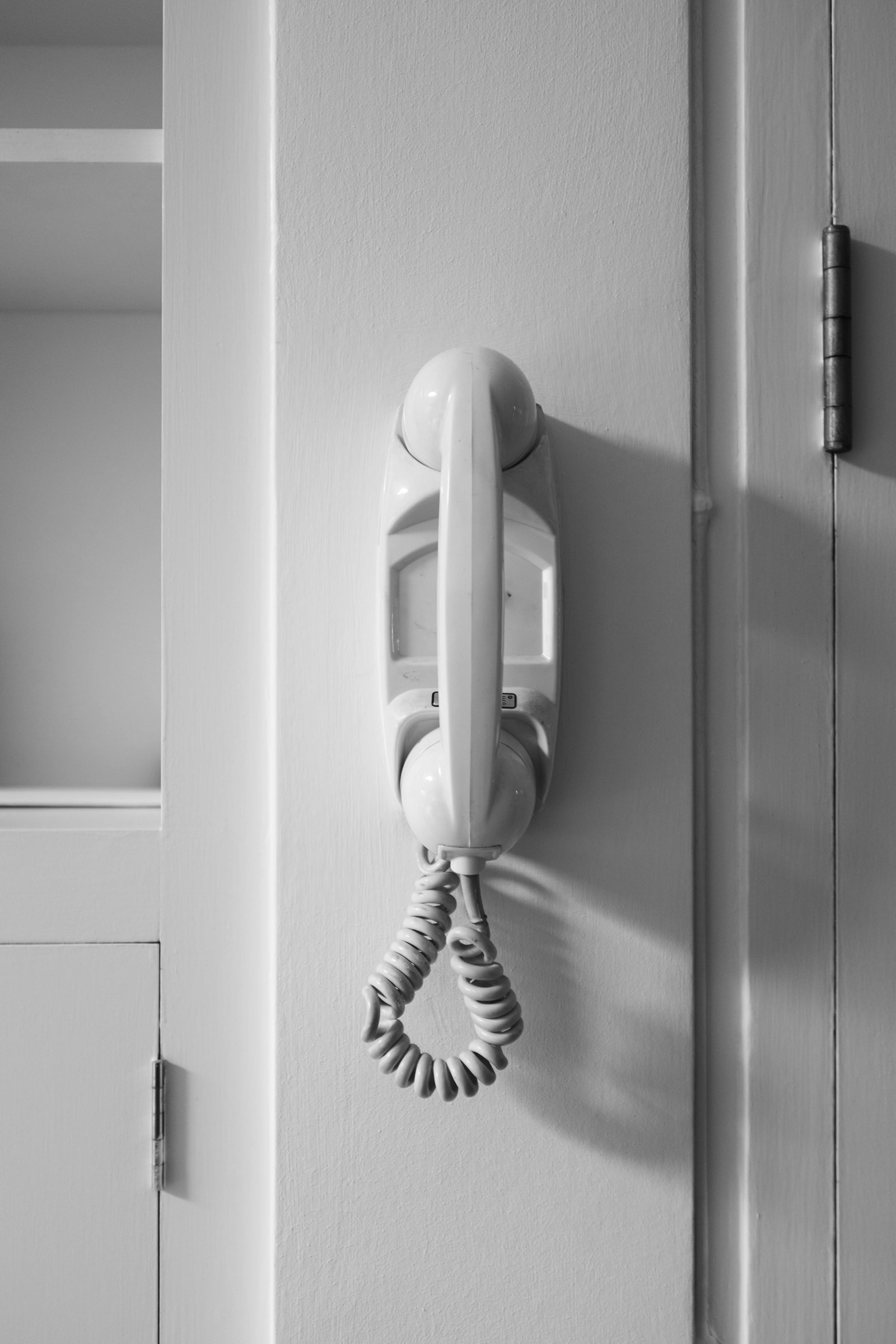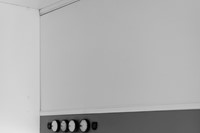“I wanted to allow the public to get a rare glimpse of what goes on within the Barbican Estate, as you don’t often get to see it from the inside,” says Anton Rodriguez, a current occupant and professional photographer who has compiled a beautiful selection of portraits featuring the real homes and residents of one of London’s most contentious architectural sites.
As an icon of Brutalism, the Barbican is Grade II-listed, but it is nevertheless often widely derided as the ugliest building in the city. The complex network of elevated walkways, hidden gardens and vast, bush-hammered tower blocks is built around one of Britain’s last surviving mediaeval churches, as if the entire site has been beamed in from a distant planet. For some this is an unnavigable dystopian nightmare; others laud it as shrine to modernism, offering convenience, culture and community through innovative urban planning.
Astonishingly the estate holds around 4,000 people (that’s half of the City of London’s population) in 2,000 flats with 140 different types of layout. Rodriguez has completed 22 case studies, but hopes to eventually document the entire community. Unsurprisingly a significant number of his subjects are architects, while an even larger proportion nursed an obsession with the Barbican’s ‘complete’ living long before they moved in.
These intimate images uncover a human side to the estate, while simultaneously revealing the enviable interiors concealed within the concrete. The result is a wonderful mix of the young and old; singles, couples and families; all residing in either staunchly preserved mid-century style or joyful antique clutter. The wonderfully minimal architecture is sympathetic to both, while beautiful details such as barrel-vaulted ceilings and inverted arch windows are a wonder to behold.

The addition of a ‘glossary’ is another unexpected delight; it includes a record of every original fixture specifically designed for these homes. The Twyford ‘Barbican’ sink with its built-in towel rail and soap stand is perfectly suited for compact floor plans, while bespoke kitchen switches and horizontal stove rings are an exemplar of modernist convenience. The inclusion of a full map and a key to illustrate roughly where each of these residencies are situated offers yet more clues to the realities of life in a futuristic fortress, offering outsiders the chance to envisage their own lives in the famed inner-city oasis.
Residents: Inside the Iconic Barbican Estate is out now, published by Barbican.






